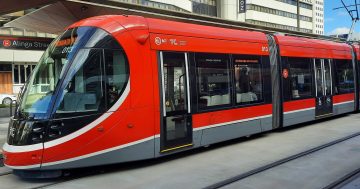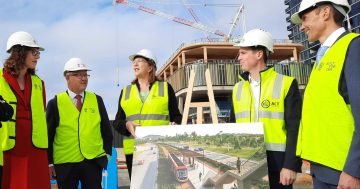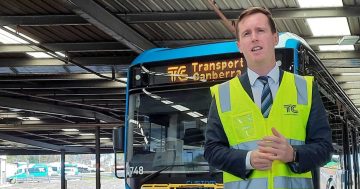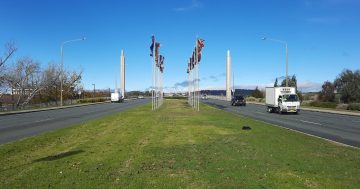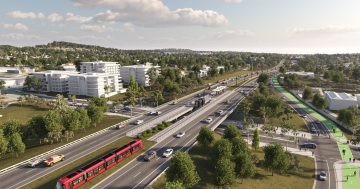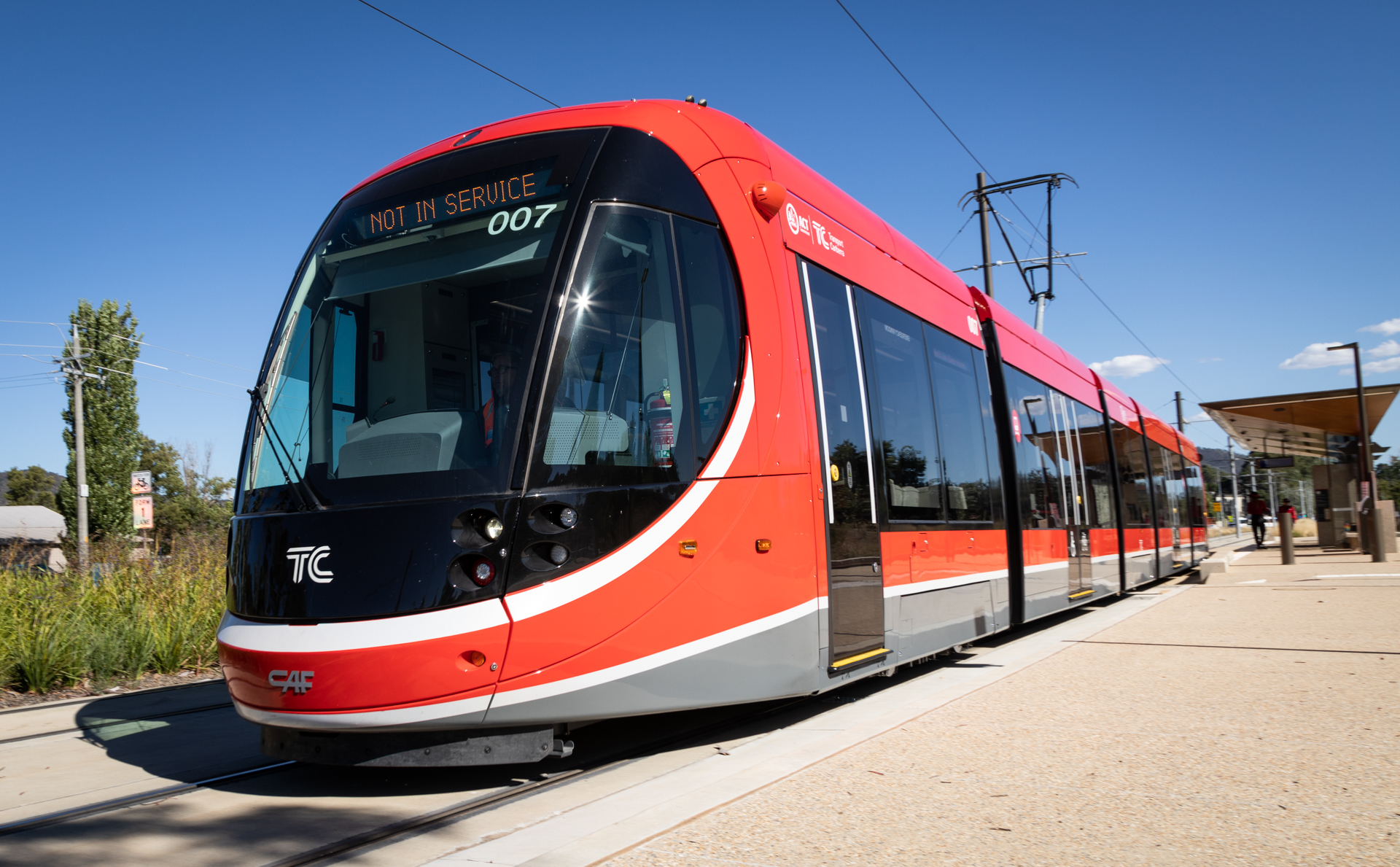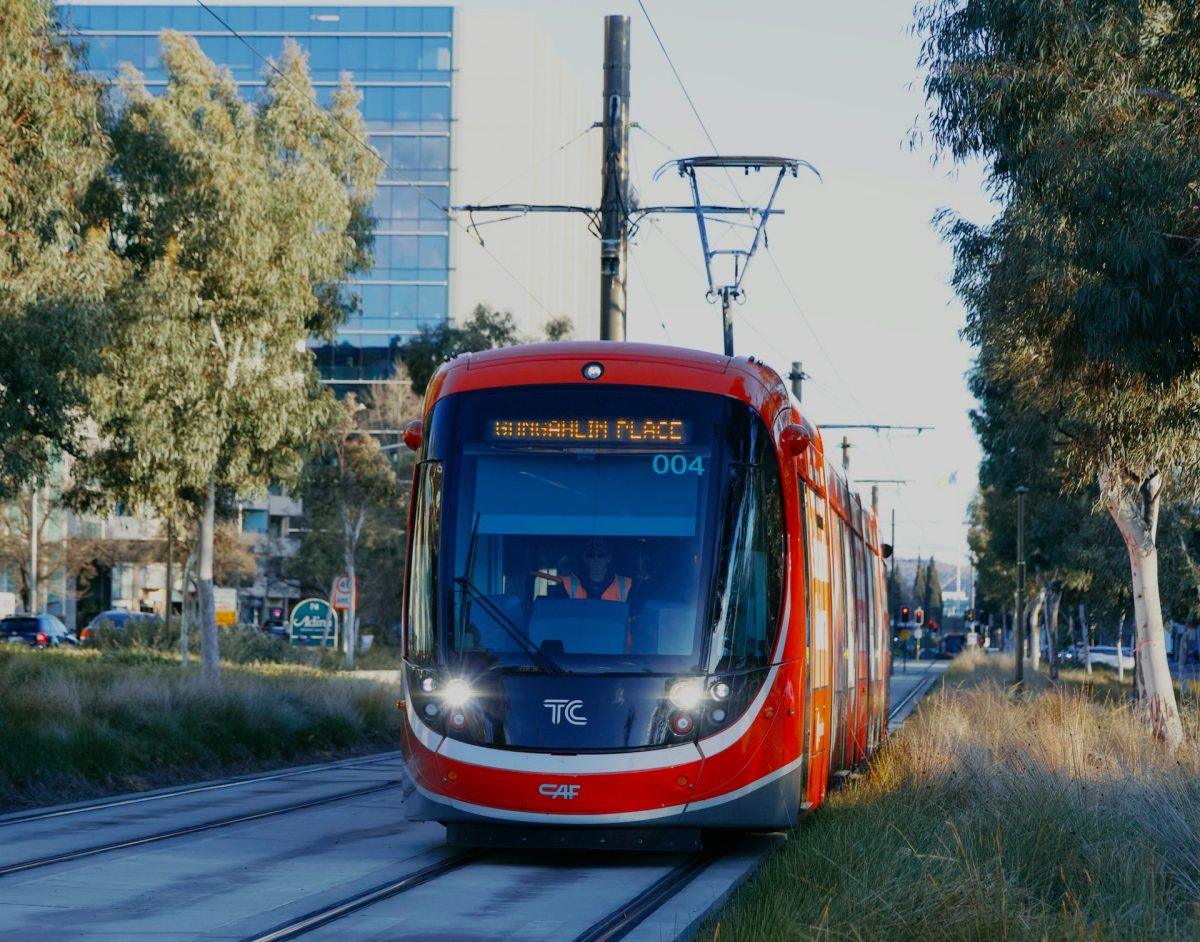
Light rail has been a boon for the inner north. Photo: Jack McCracken.
It hasn’t taken long. The week Transport Minister Chris Steel gets back from leave and a brand new report from Transport Canberra drops on the benefits of light rail.
It won’t be the last.
The Canberra Liberals’ tramless public transport policy has received a fair reception, even from the ACT’s public transport lobby. That’s because many of the proposals on buses mirror theirs.
But the Public Transport Association of Canberra still backs light rail as the big people mover in a multi-modal system. It’s just frustrated by the slow pace of extending the Gungahlin to City line.
The new Transport Canberra report – and for some, the agency’s authorship discredits it straight away – lists a bunch of numbers showing how the first stage has been beneficial for commuters, drivers, businesses, developers and, by extension, homeowners and tenants.
The passenger numbers are impressive, especially when you consider the period takes in the pandemic, and even if you argue Gungahlin residents don’t have much choice other than the car or light rail to get to the city, there is no denying the line’s popularity in the inner north.
Customer satisfaction remains very high, and people genuinely like the clean, smooth ride the light rail vehicles offer.
Critics will also challenge the economic data, arguing much of the development would have occurred anyway.
Some development perhaps, but not the scale of what has happened along the corridor.
The increase in land values, the construction pipeline and the growth of businesses fit the pattern associated with building a fixed-line transit corridor.
Of course, Transport Canberra will make the numbers sing for light rail as much as possible, but to argue light rail stage 1 has not been good for the north side of the city is to deny reality.
The Canberra Liberals say light rail has never been just about public transport. They are right. However, the ACT Government has always presented light rail as a mass transit solution and a vehicle for economic development.
Right, show us the business case for stage 2B so Canberrans can make a proper call on the project.
That argument is going nowhere because the government can’t or will not do that ahead of any contract negotiations.
In the meantime, the Liberals can throw around numbers that can’t be confirmed and say to Canberrans we can’t afford this because there is no doubt the bill will have a lot of zeros.
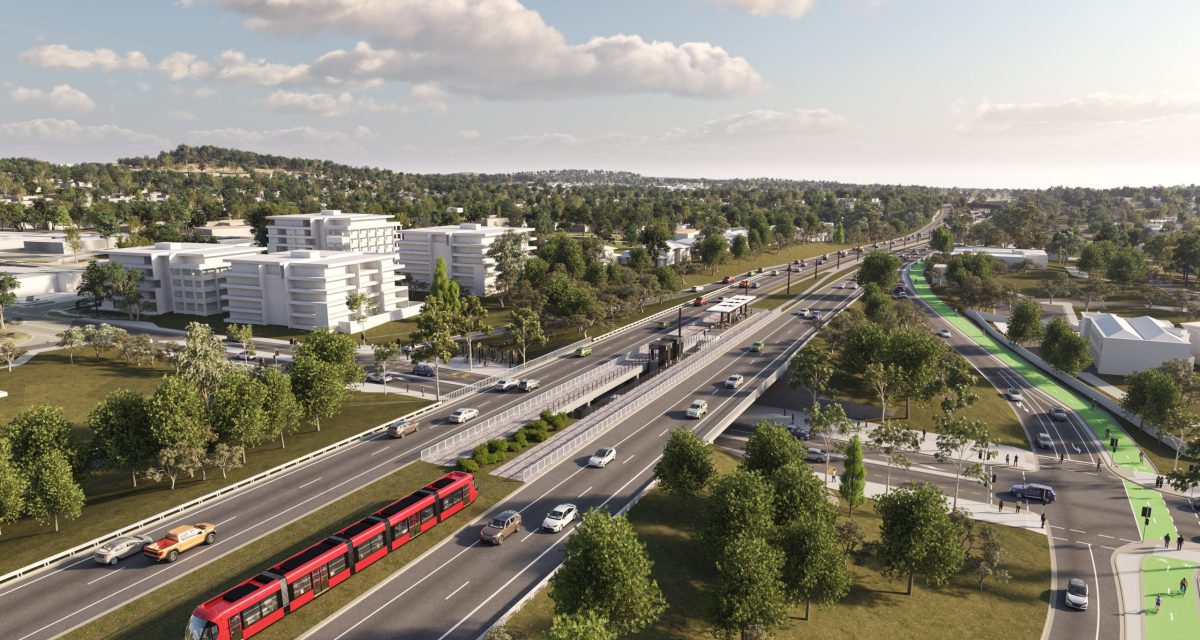
Can light rail do the same for the southern corridor as it has for the north? Image: ACT Government.
The government counters that the ACT can’t afford to put in place plans for a mass transit system for a city that in coming decades will approach 700,000 to a million people on current growth trajectories and a road network groaning with motor vehicles.
Don’t compare the two policies based on what Canberra is today but on what it will become. Remember, this is a project that will benefit generations to come.
The implication of the Transport Canberra analysis is that the south – and that means eventually beyond Woden – should not be denied the benefits that the north now enjoys. Nor other areas of Canberra, such as Belconnen.
But stage 2B is a devilishly more difficult proposition than stage 1 and 2A, not just the engineering challenges but also the multiple approval hurdles.
The government is also juggling other infrastructure projects, financing and sourcing materials and people.
Discomfort about the cost, extended timeline, and a need for a signature electoral point of difference have reinvigorated the Liberals’ instinctive opposition to light rail. But will voters buy that electric buses alone will do the job, even with an expanded fleet?
And will buses in transit lanes bring the same economic benefits as a light rail line?
The Transport Canberra analysis comes with caveats, but its basic premise can’t be dismissed.
The Canberra Liberals will have to argue that the route through the parliamentary zone and inner south to Woden is a different proposition, and lower voters’ horizons.
People in other areas of Canberra will also have to accept that light rail may never come to their part of town.
Expect more to come from the government.













